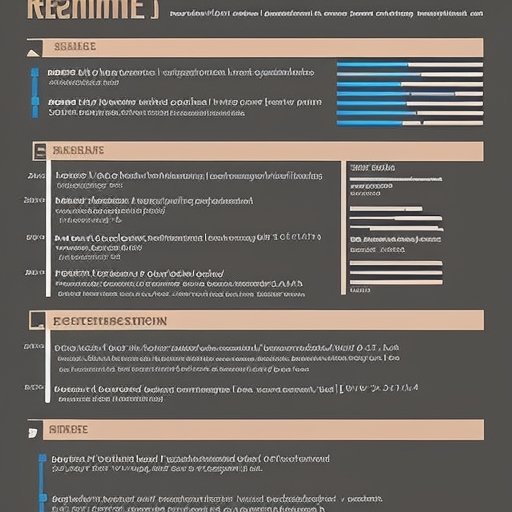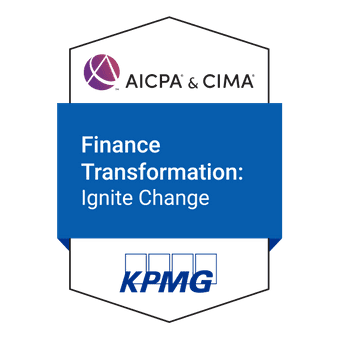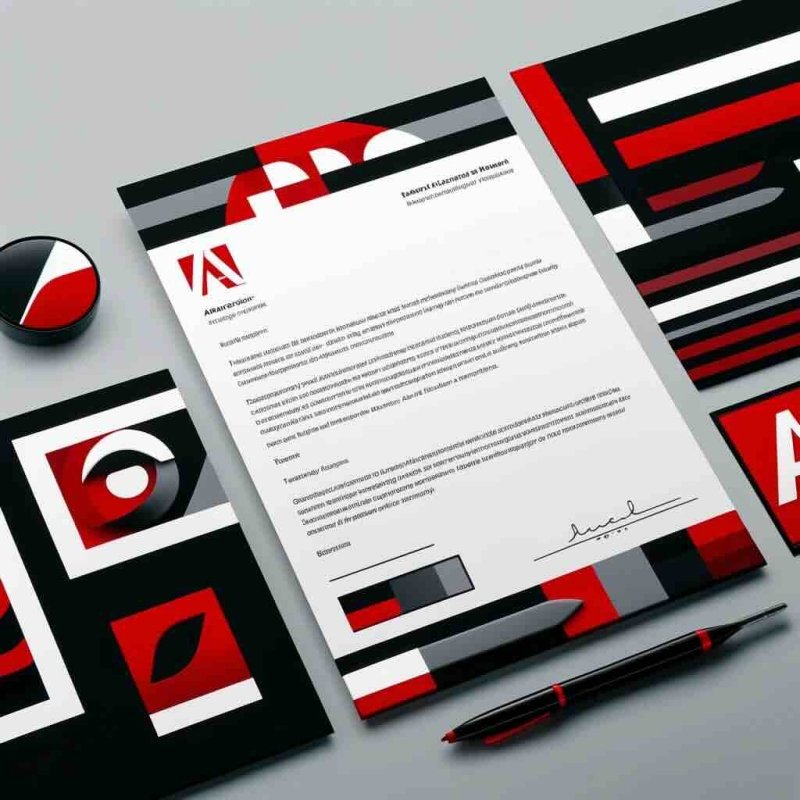What are Directly attributable costs under IFRS
What is Directly attributable costs
Directly attributable costs are expenses that can be directly linked to preparing an asset for its intended use or sale. These are not just any expenses but are specific to the acquisition, construction, or production of an asset, making them capitalizable under IFRS guidelines. This means such costs are included in the asset's initial measurement and subsequently impact depreciation, amortization, and impairment calculations.
Capitalization of Directly attributable costs under IFRS
Capitalization involves recording an expense as part of an asset's cost rather than expensing it immediately. IFRS provides clear guidelines on this process through standards such as IAS 16 (Property, Plant, and Equipment) and IAS 38 (Intangible Assets). These standards outline the criteria for cost capitalization, ensuring that only costs that bring an asset to its intended use and generate future economic benefits are included in the asset's carrying amount.
The Role of IAS 16 and IAS 38
IAS 16 governs the treatment of tangible assets. It emphasizes the component approach, which requires significant parts of an asset to be depreciated separately. IAS 38, on the other hand, deals with intangible assets. It focuses on capitalizing development expenditures and other direct costs that create or enhance an intangible asset's future economic benefits.
Borrowing Costs and IAS 23
Another crucial aspect of directly attributable costs is the treatment of borrowing costs under IAS 23. This standard allows for the capitalization of interest and other costs incurred while acquiring, constructing, or producing a qualifying asset, which is an asset that necessarily takes a substantial period to get ready for its intended use or sale.
Implications for Asset Depreciation and Amortization
The initial measurement and capitalization of directly attributable costs have significant implications for asset depreciation and amortization. These costs become part of the asset's depreciable amount, affecting the depreciation expense recognized in profit or loss over the asset's useful life. Similarly, for intangible assets, capitalized costs influence amortization periods and methods.
Navigating Start-up and Development Expenditures
Start-up costs and development expenditures pose unique challenges in the context of directly attributable costs. While start-up costs are often expensed as incurred, IFRS allows the capitalization of development costs if they meet specific criteria outlined in IAS 38. This distinction highlights the need for careful evaluation and judgment when applying IFRS standards.
The Impact of IFRS 9 and Expense Recognition
Adopting IFRS 9 (Financial Instruments) has further nuanced the treatment of directly attributable costs, particularly in the context of financial assets. Additionally, the overall expense recognition principles under IFRS necessitate a careful approach to distinguishing between capitalizable costs and expenses that should be recognized immediately in profit or loss.
What are the various directly attributable costs under IFRS:
- Costs of employee benefits (as defined in IAS 19 Employee Benefits) arising directly from the construction or acquisition of the asset.
- Costs of site preparation.
- Initial delivery and handling costs.
- Installation and assembly costs.
- The costs of testing whether the asset is functioning properly (after deducting the net proceeds from selling any items produced while bringing the asset to that location and condition, i.e., the 'testing phase').
- Professional fees, such as legal, architect, and engineer, are directly attributable to the asset's acquisition or production.
- The costs of dismantling and removing the asset and restoring the site, to the extent recognized as a provision under IAS 37 "Provisions, Contingent Liabilities and Contingent Assets".
Examples of Directly attributable costs
Costs of Employee Benefits (IAS 19 Employee Benefits)
- Question: How does IAS 19 guide the allocation of employee benefit costs to the cost of an asset, and what implications does this have for capitalizing costs during an asset's construction phase?
- Example: A construction project requires dedicated workers and part-time support staff who divide their time between the project and other tasks.
- Answer: IAS 19 requires that employee benefit costs attributable to the construction of an asset include wages, salaries, and social security contributions. The costs should be directly linked to the construction or production of the asset. For employees who work partly on the project and partly on other tasks, their costs should be allocated based on the proportion of time spent on the project. This allocation should be based on reliable records or estimates of the time spent on the project versus other activities.
Costs of Site Preparation (IAS 16 Property, Plant and Equipment)
- Question: According to IAS 16, under what conditions can site preparation costs be capitalized, and what examples of such costs are explicitly considered directly attributable?
- Example: A company engages in significant land clearing and grading activities before constructing a new facility.
- Answer: IAS 16 stipulates that costs to prepare a site for the placement of an asset can be capitalized if they are directly attributable to bringing the asset to the location and condition necessary for it to operate as intended. This includes costs to remove old buildings, clear the land, and perform grading. The key is that these costs are necessary to install the asset and would not have been incurred otherwise.
Initial Delivery and Handling Costs (IAS 16 Property, Plant and Equipment)
- Question: How does IAS 16 differentiate between delivery and handling costs that can be capitalized and those that cannot?
- Example: A company incurs transportation and insurance costs to deliver specialized equipment from the manufacturer to its premises.
- Answer: Under IAS 16, delivery and handling costs are capitalized if they are directly attributable to bringing the asset to its working condition and location. This includes transportation costs, import duties, and handling costs. Costs incurred to prepare the asset for its intended use, like insurance during transport for a specialized piece of equipment, can also be capitalized. However, general delivery and handling costs not specifically related to the asset's installation or preparation for use should be expensed.
Installation and Assembly Costs (IAS 16 Property, Plant and Equipment)
- Question: What considerations must be considered when capitalizing installation and assembly costs under IAS 16?
- Example: A business acquires a new HVAC system that requires professional installation and specific modifications to the building for installation.
- Answer: IAS 16 requires capitalizing installation and assembly costs directly associated with preparing an asset for its intended use. This includes professional installation fees, costs of modifications necessary for installation, and direct labour costs associated with the asset assembly. The costs should be directly attributable to the asset and necessary for the asset to be in a working condition. In the example, the professional installation fees and modifications to the building for the HVAC system can be capitalized as part of the cost of the HVAC system, as these are necessary to bring the asset to the location and condition needed for it to operate as intended.
Costs of Testing Whether the Asset is Functioning Properly (IAS 16 Property, Plant and Equipment)
-
Under IAS 16 "Property, Plant and Equipment," the costs associated with testing whether an asset is functioning properly are an integral part of the asset's acquisition or construction cost. These costs are incurred to ensure the asset is in the desired condition and capable of operating as intended. Here's a closer look at how these costs are treated under IAS 16:
Capitalization of Testing Costs
The standard allows for the capitalization of costs incurred during the testing phase of an asset, before it is ready for its intended use. This includes the costs of labor, materials, and overheads directly associated with testing the asset. The rationale is that these costs are necessary to prepare the asset for its intended use.
Deduction of Net Proceeds
IAS 16 requires that any net proceeds received from selling items produced while bringing the asset to its location and condition ready for use (i.e., during the testing phase) be deducted from the capitalization amount. This means that if the testing process involves producing goods that can be sold, the income generated from selling these goods should be subtracted from the total costs capitalized as part of the asset's cost.
Example
Consider a company that has constructed a new manufacturing facility. Before declaring the facility operational, it undergoes testing, during which some products are produced and sold. If the cost of materials, labor, and other expenses directly associated with this testing phase amounts to $100,000 and the company earns $20,000 from selling the test products, only $80,000 ($100,000 cost - $20,000 proceeds) should be capitalized as part of the facility's cost.
Implication
This approach ensures that only the net cost of testing (the expense that genuinely contributes to bringing the asset to its working condition) is included in the asset's capitalized cost. It prevents the overcapitalization of costs and ensures that the asset's book value more accurately reflects its cost to the company.
In summary, under IAS 16, the costs of testing whether an asset is functioning properly are considered part of the asset's cost, provided they directly contribute to making the asset ready for its intended use. This treatment underscores the importance of accurately capturing and reporting the costs associated with preparing an asset for operation, highlighting the principles of relevance and reliability in financial reporting.
Professional Fees (IAS 38 Intangible Assets and IAS 16 Property, Plant, and Equipment)
- Question: How does IFRS treat the capitalization of professional fees as directly attributable costs in acquiring tangible and intangible assets?
- Example: A company incurs legal fees in acquiring a patent and architectural fees in designing a new office building.
- Answer: IAS 16 and IAS 38 allow for the capitalization of professional fees directly attributable to preparing an asset for its intended use. For tangible assets (IAS 16), this includes fees for architects, engineers, and contractors directly related to constructing an asset like a building. For intangible assets (IAS 38), legal fees incurred in securing a patent (excluding in-house development costs) can be capitalized as part of acquiring the patent. In the examples provided, architectural fees for the new office building can be capitalized as part of the building's cost under IAS 16. Legal fees associated with acquiring the patent can be capitalized under IAS 38 as part of the patent's acquisition cost.
Costs of Dismantling and Removing the Asset and Restoring the Site (IAS 37 Provisions, Contingent Liabilities and Contingent Assets)
- Question: According to IFRS, how are the future costs of dismantling, removing, and restoring the site of an asset treated in financial statements?
- Example: A company installs a wind turbine that, at the end of its useful life, will require dismantling and the site's restoration to its original condition.
- Answer: IAS 37 requires the recognition of a provision for the dismantling, removal, and restoration costs when the asset is installed and the obligation arises. The estimated cost of these activities is added to the asset's cost and depreciated over its useful life. The corresponding liability is recognized as a provision. For the wind turbine example, an estimate of the future dismantling and restoration costs is capitalized as part of the turbine's cost upon installation. This amount is then depreciated over the useful life of the turbine, and a provision for the dismantling and restoration costs is recognized, to be updated as necessary based on changes in estimates.
Summing up
In summary, the concepts surrounding directly attributable costs under IFRS are fundamental to accurate financial reporting and asset management. These guidelines not only define how assets are valued and depreciated but also play a crucial role in a business's financial health and transparency. Understanding these principles, from capitalization to expense recognition, requires a detailed grasp of various IFRS standards, including IAS 16, IAS 38, and IAS 23.
For students and professionals eager to master these complex concepts, structured learning paths such as the Eduyush Diploma in IFRS classes or the AICPA IFRS Certification program offer comprehensive training. These programs are designed to equip learners with the knowledge and skills needed to navigate the intricacies of IFRS, providing a solid foundation in directly attributable costs and beyond.
1 comment
From the blog
View allOther popular blogs
Follow these links to help you prepare for the ACCA exams
Follow these blogs to stay updated on IFRS
Use these formats for day to day operations
- Account closure format
- Insurance claim letter format
- Transfer certification application format
- Resignation acceptance letter format
- School leaving certificate format
- Letter of experience insurance
- Insurance cancellation letter format
- format for Thank you email after an interview
- application for teaching job
- ACCA PER examples
- Leave application for office
- Marketing manager cover letter
- Nursing job cover letter
- Leave letter to class teacher
- leave letter in hindi for fever
- Leave letter for stomach pain
- Leave application in hindi
- Relieving letter format
Link for blogs for various interview questions with answers
- Strategic interview questions
- Accounts payable interview questions
- IFRS interview questions
- CA Articleship interview questions
- AML and KYC interview questions
- Accounts receivable interview questions
- GST interview questions
- ESG Interview questions
- IFRS 17 interview questions
- Concentric Advisors interview questions
- Questions to ask at the end of an interview
- Business Analyst interview questions
- Interview outfits for women
- Why should we hire you question
Popular blogs
Leave application format
Crafting the perfect leave application for any scenario, from personal emergencies to medical leaves, often presents a challenge. To simplify this task, we've assembled an extensive index of leave application formats designed for various circumstances. Our collection is aimed at enhancing the clarity and professionalism of your leave requests. Dive into our index to discover the template that aligns with your specific needs, facilitating a smoother leave application journey.
List of Leave application formats
- Leave application for office
- Leave application for school
- Leave application for sick leave
- Leave application for marriage
- leave application for personal reasons
- Maternity leave application
- Leave application for sister marriage
- Casual leave application
- Leave application for 2 days
- Leave application for urgent work
- Application for sick leave to school
- One day leave application
- Half day leave application
- Leave application for fever
- Privilege leave
- Leave letter to school due to stomach pain
- How to write leave letter










It is mentioned in the article that “Proceeds from sale of test batches should be reduced from cost of Asset” but the same is in contradiction with IAS 16 Para 20A, which mentions that these should be directly credited to SOPL.
Leave a comment